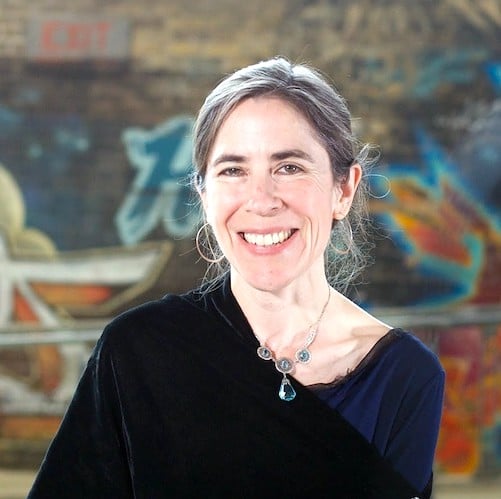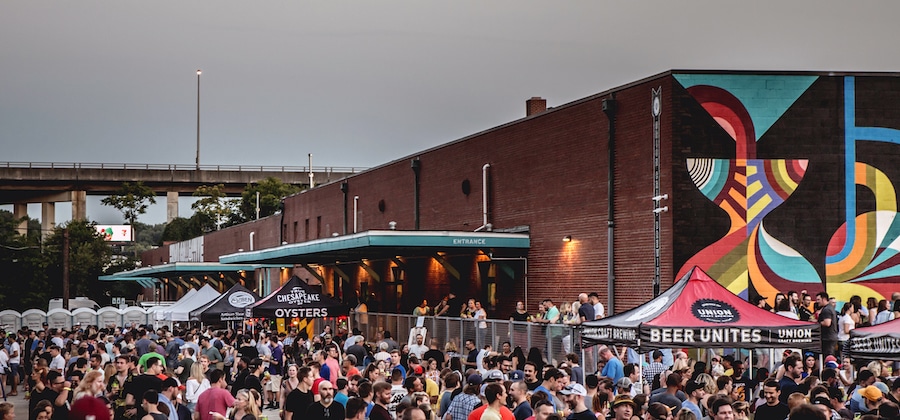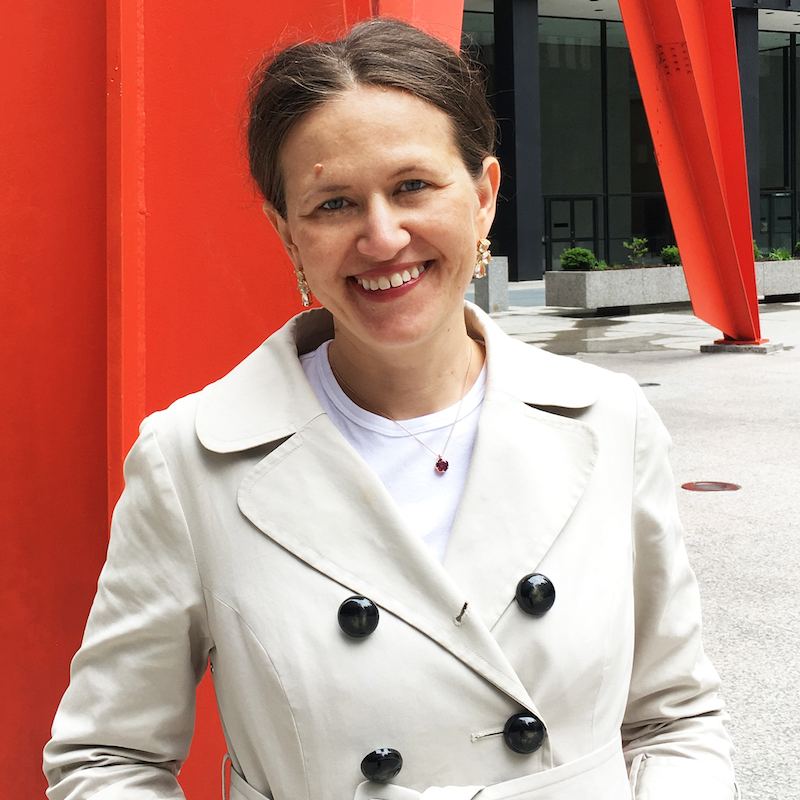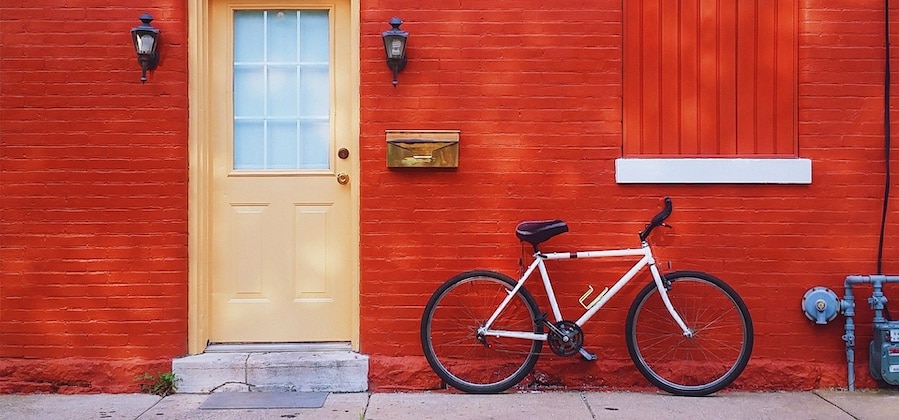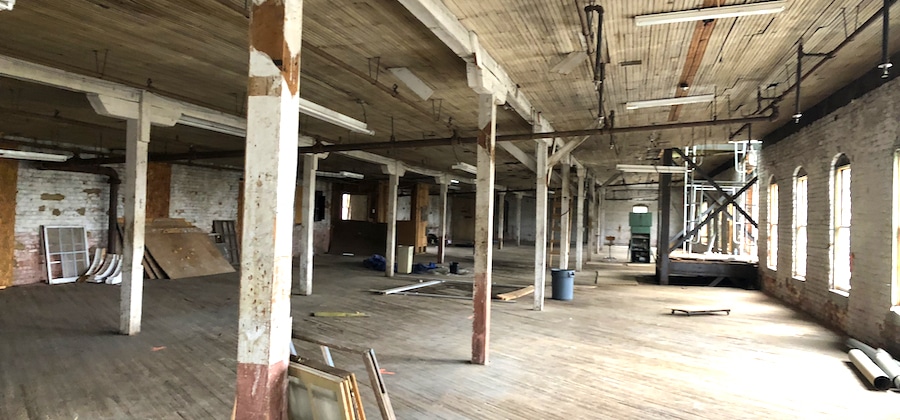
To adaptively re-use a building is to re-imagine and re-purpose it. Often old, historic buildings have outlived their original purpose. They can be demolished or brought back to life and adapted to contemporary life. And there are compelling reasons to re-use historic buildings.
Sustainable
The adaptive re-use of buildings is inherently green. It’s a form of recycling which uses less energy than new construction and generates less waste than demolition or ground up new construction. The bulk of materials that give the building shape don’t need to be manufactured, procured or transported – they’re already on site and in place. Typically they are higher quality materials which would be prohibitively expensive to purchase today or, in the case of old growth forest, no longer even available. A hundred years ago building standards were also higher. A century-old building might outlast a brand new one.
Less urban sprawl
Urban sprawl can be contained by the re-use of existing old or abandoned buildings. Many older buildings are located in dense, walkable neighborhoods with good access to transit. Warehouses and factories in cities around the world have been converted to a myriad of uses, including co-working offices and some of the coolest homes. Industrial waterfronts in many cities have transformed struggling and forgotten areas into vibrant neighborhoods. And even unused railway trestles have been converted into linear parks providing much-needed outdoor space as well as pedestrian links between neighborhoods.
Lots of character
Historic buildings are a tangible part of the past, providing cultural enrichment to communities and allowing residents to take pride in the history of their place. The revival of urban downtown areas and historic buildings has often resulted in higher property values. People seem drawn to local history, to the warmth of old materials or maybe to older buildings just because they are more interesting.
As long ago as 1961, Jane Jacobs asserted that small businesses, like stores, restaurants, neighborhood pubs and small start-ups thrive in old buildings. Maybe she was right. A newer study from the Preservation Green Lab shows that cities with older, smaller buildings have higher density, a greater number of small businesses, more entrepreneurial activity, more diversity and more affordable housing.
Affordable
Avra Jain, who co-founded the Vagabond Group, is a wildly creative Miami developer, passionate about adaptive re-use projects. She has earned a reputation for identifying the next IT neighborhood. Her remake of the abandoned 195O’s Vagabond Hotel on Biscayne Boulevard in Miami changed the course of that neighborhood forever. The historic MiMo District was born. But Avra wants to push adaptive reuse even further. Her personal passion is to convert these abandoned and historic motels into reimagined, affordable housing communities. She’s tackling both the restoration of significant architecture and the making of affordable housing in a very unique way.
Listen to my interview with Avra to learn more about the importance of saving buildings.
Image by Eve Picker

